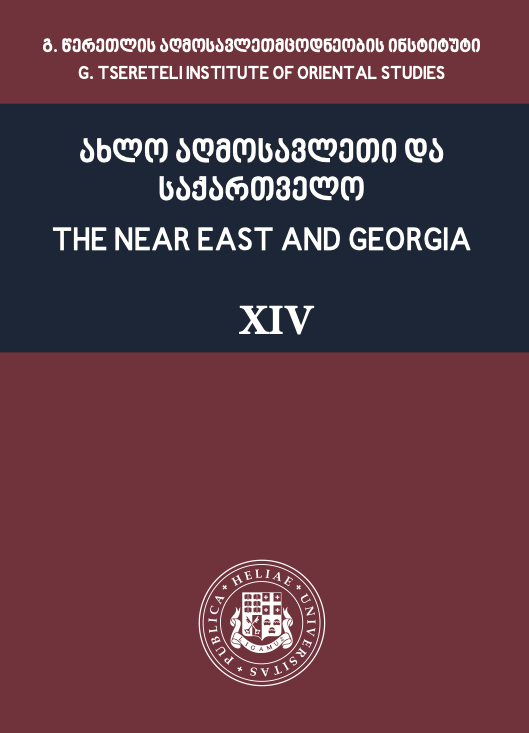COSMOPOLITAN CAIRO OF THE 1920S AND THE QUEEN OF THE "TARAB"1 MUNIRA AL-MAHDIYYA
DOI:
https://doi.org/10.32859/neg/14/390-407Keywords:
Cairo, Munira Al-Mahdiyya, Queen of the “Tarab”, AwamaAbstract
The 1920s were full of drastic changes in Egypt's political, social and cultural life. On the one hand, the new anti-European movement formed in the wake of the 1919 uprising, and on the other hand, the vibrant nightlife of cosmopolitan Cairo, were the two main lines defining the character of this period. In the 1920s, Cairo was also part of the great international disturbance. After the World War I, many people left Europe and moved to Cairo in search of new opportunities. The search for a new life led many of them to Azbakiya (الأزبكية), the center of Cairo's nightlife at that time. In the 1920s, Cairo also proved to be a great place for some African American musicians. In 1923, in a letter published in the American newspaper The Chicago Defender, two African American residents of Azbakiya wrote how they were fascinated by the Cairo nightlife where they decided to stay. In December 1922, the news of the discovery of Tutankhamun's tomb was covered by the world press. Egypt was on the front pages of magazines and newspapers, which brought even more fame to Cairo and even more people headed to its theaters, cabarets and clubs.
In 1905, an influential person from Cairo listened to the little girl singing in one of the villages of Al-Sharqiya and, attracted by her voice, offered her to move to Cairo and sing in his cafe. This is how Munira started her musical journey in Cairo.




